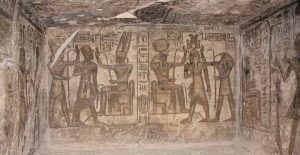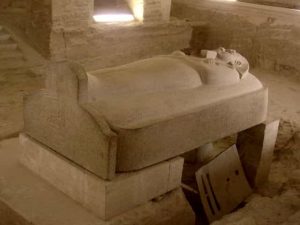Ramses II: The Magnificent Heritage of Egypt’s Immense Pharaoh

In the annals of ancient Egyptian history, few figures loom as large or command as much reverence as Ramses II—a pharaoh whose reign epitomized the grandeur, power, and majesty of Egypt’s New Kingdom era. Known as Ramses the Great, he is celebrated as one of the most iconic and influential rulers in the history of ancient Egypt, leaving behind a legacy that continues to captivate the imagination of scholars and enthusiasts alike.

Ramses II ascended to the throne as a young man, following in the footsteps of his father, Seti I. From the outset, he proved himself to be a visionary leader and a formidable warrior, embarking on a series of military campaigns that expanded Egypt’s borders and secured its dominance over neighboring lands. His conquests earned him a reputation as a fearsome and indomitable warrior, earning him the epithet “the Great Victorious.”

But Ramses II’s legacy extends far beyond his military exploits. He was also a prolific builder and patron of the arts, commissioning some of the most iconic monuments and structures in ancient Egyptian history. Chief among these is the magnificent temple complex at Abu Simbel, with its colossal statues and intricate reliefs dedicated to the glory of Ramses and the gods.
